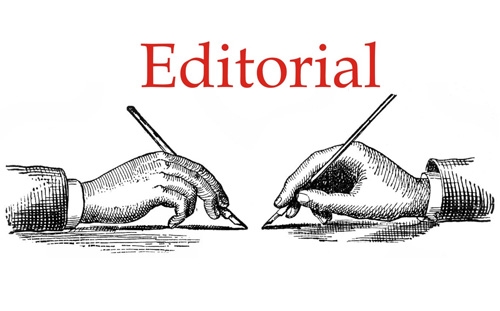Stand off over flag and constitution: Shared sovereignty

Separate flag and constitution. Nothing symbolic abut this, as far as the NSCN (IM) and Naga public leaders are concerned and this is where one can see the divergent point of views held by Interlocutor to the peace talks RN Ravi and the NSCN (IM) and Naga public leaders. More than clear that to the NSCN (IM) a separate flag and constitution are intrinsic to the understanding of shared sovereignty while to the Government of India it means something else. The disconnect between the two entities as far as the term ‘shared sovereignty’ is concerned, becomes palpable. Tough to say how and where a meeting point will be worked out, but the stand of the NSCN (IM) is clear and that is, no final pact can be or will be signed if there is no provision for a separate flag and constitution for the Nagas. It is more than clear that to the NSCN (IM) and to the public leaders of the Nagas, flag and constitution are something much more than symbols but a point which underscores that an agreement can be arrived at only when India respects the ‘sovereignty’ of the Naga people and a separate flag and constitution underline this. Again the NSCN (IM) and Naga public leaders have interpreted the Framework Agreement, inked on August 3, 2015 as having addressed this, but to the Government of India, this is something else and this could be the primary reason which is holding back the final pact between the NSCN (IM) and the Government of India. Other than the flag and the constitution, the NSCN (IM) has not spelt out in details what its other demands are, but it is significant to note that talk of bringing all Naga inhabited areas under one administrative unit seems to have been given the back seat but this is no guarantee that the demand for a Greater Lim will not rear its head in the coming days.
First take 25 paise then go for Rupee one later, has been the guiding light for the leaders of NSCN (IM), and the outfit’s leadership could still be engaged in the political dialogue armed with this doctrine. And obviously the first 25 paise could mean the flag and the constitution and the whole Rupee one could be something much more which can be raised later and this is one point which would not have blown over the heads of the neighbouring States. It is obvious that to the NSCN (IM) the understanding of shared sovereignty is not complete without a separate flag and constitution but interesting to also note that so far the Government of India has not said anything about shared sovereignty. Maybe the silence is in line with the highly secretive nature of the Framework Agreement but this has not stopped the NSCN (IM) from claiming that the Framework Agreement centres around the understanding of shared sovereignty. That the NSCN (IM) has not been happy with the progress of the talk can be understood from the day Thuingaleng Muivah decided to open up and declare that there is something seriously wrong in the peace process. The NSCN (IM) leader minced no words in asserting that India has misunderstood the understanding of ‘inclusive,’ which the outfit held as including all points in the final pact while to the Government of India it meant, including the Nagas within the dominion of India.